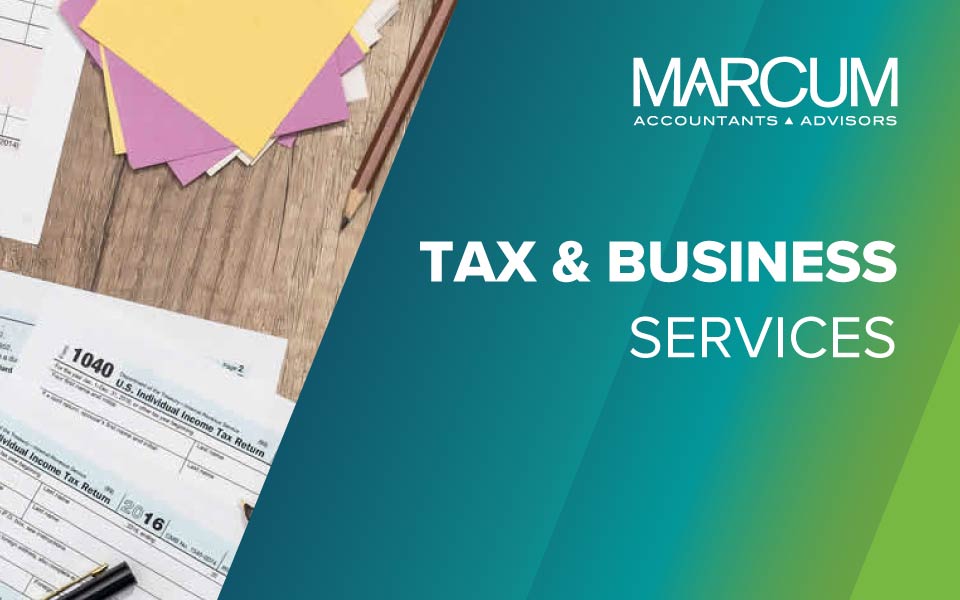Don't be Surprised by the New Look of Your 1099-B
Brokerage firms are now required to report cost basis, gain/loss, and holding period for covered securities acquired on or after January 1, 2011. This information will be reported to the investor and the IRS on Form 1099-B for the year the security is sold. A “covered security” is any specified security acquired on or after the applicable date above that was: (1) acquired through a transaction in the account in which such security is held; or (2) transferred to such account from an account in which the security was a covered security, but only if the broker received a basis statement with respect to the transfer. Any discrepancy from what is reported to the IRS will need to be explained on the new IRS Form 8949. Prior to this new rule, financial institutions were only required to report sales proceeds to the IRS on Form 1099-B. In many but not all cases, cost basis, gain/loss, and holding period information would be provided, if available, on a supplemental schedule to the investor only. In 2012, mutual funds, regulated investment companies, and equities acquired through a DRIP will be added to the more stringent reporting requirement. In 2013, fixed income, options, warrants, rights, derivatives, and commodities will be included. Gross proceeds from short sales will now be required to be reported in the year that the short sale is closed rather than when the short sale is entered into. The deadline for sending the year-end 1099-B has been extended from the original deadline of January 31st to February 15th.
Brokerage firms are required to use the first-in, first-out (FIFO) method to determine basis in securities as the default method if no other method is chosen by the client. The IRS regulations state that the broker must accommodate a client’s choice if they choose to use a method other than FIFO. The alternative methods are last-in first-out (LIFO), tax-lot Identification where you specifically choose which lot of a security you are selling, highest cost, and lowest cost. When selling securities you can plan the amount of gain to recognize by selecting the most advantageous method to determine cost basis. But you must let the brokerage firm know at the time of transfer or trade which method you choose, otherwise they will use the FIFO method.
This all sounds very simple, not warranting much attention. But before you hit the delete button or throw out this article, it does get a bit more interesting and a whole lot more complex.
For those that acquired securities via an on-line brokerage account or a broker, the cost basis should be readily available. But what if you acquired the stock via a gift or inheritance? First, this change in reporting will only apply to covered securities. If you inherited stock, and the stock meets the requirements of a covered security, you will need to find out the values of the stock used on the estate tax return if one was filed or the fair market value (“FMV”) on the date of death. This will be the cost basis and will need to be reported to the new broker.
If you received your shares as a gift, the rules are more complex. Assuming your basis in the gifted stock is less than the FMV on the date of the gift, your basis is carried over from the donor. In other words, you and the donor have the same basis. You also take on the holding period from the donor. If the shares gifted have depreciated in value, your basis is not necessarily carry over basis. If you sell the stock at a gain, you use carry over basis. If you sell the stock at a loss, then you must use the FMV on the date of the gift as the basis. If you sell the stock somewhere between the adjusted basis and the FMV, then no gain or loss is recognized at all. So depending upon the price when you sell the stock, you will need to provide this correct basis to the broker so it can be reported to the IRS. Hopefully your broker will have the capability to store both FMV and cost basis so when the stock is ultimately sold, they will have the correct basis.
Fiduciaries holding securities must also make adequate identification of securities sold or transferred to beneficiaries. The assignment of lots with differing acquisition dates and cost basis to different beneficiaries could prove difficult and troublesome. Fiduciaries must exercise due care and provide each beneficiary the requisite cost basis information.
Another complexity of the cost basis and gain/loss reporting relates to wash sales. A wash sale is when you sell a security at a loss and then repurchase a substantially identical security within a 30 day period either before or after the sale. The disallowed loss is added to the cost basis of the new substantially identical securities. This rule is not new. What is new is that brokers will now have to report the disallowed loss to the IRS. Keep in mind that you could have other situations where wash sales would apply, but the broker would not be required to report them to the IRS. If you buy and sell at a loss in one account and repurchase the security in another brokerage account the wash sale will not be reported to the IRS on any Form 1099-B. You could also have a situation where securities are substantially identical for wash sale purposes but do not have the same CUSIP, thus the broker will not capture this as a wash sale. In these situations, adjustments will need to be calculated by the investor and reported on Form 8949.
Other adjustments an investor will still be responsible for calculating include constructive sales, straddles, and IRC Section 475(F) elections. These adjustments are beyond the scope of this article.
While the new reporting requirements should not change investor strategies, the tax consequences could materially differ based upon elections made. Please review the alternative elections with your investment advisor and coordinate your planning with your dedicated tax professional. This is also the appropriate time to address the tax consequences and reporting issues for any unique transactions that may need to be specially adjusted on Form 8949.
We look forward to helping you make the most advantageous elections for your circumstances and help you navigate this new reporting process.




















